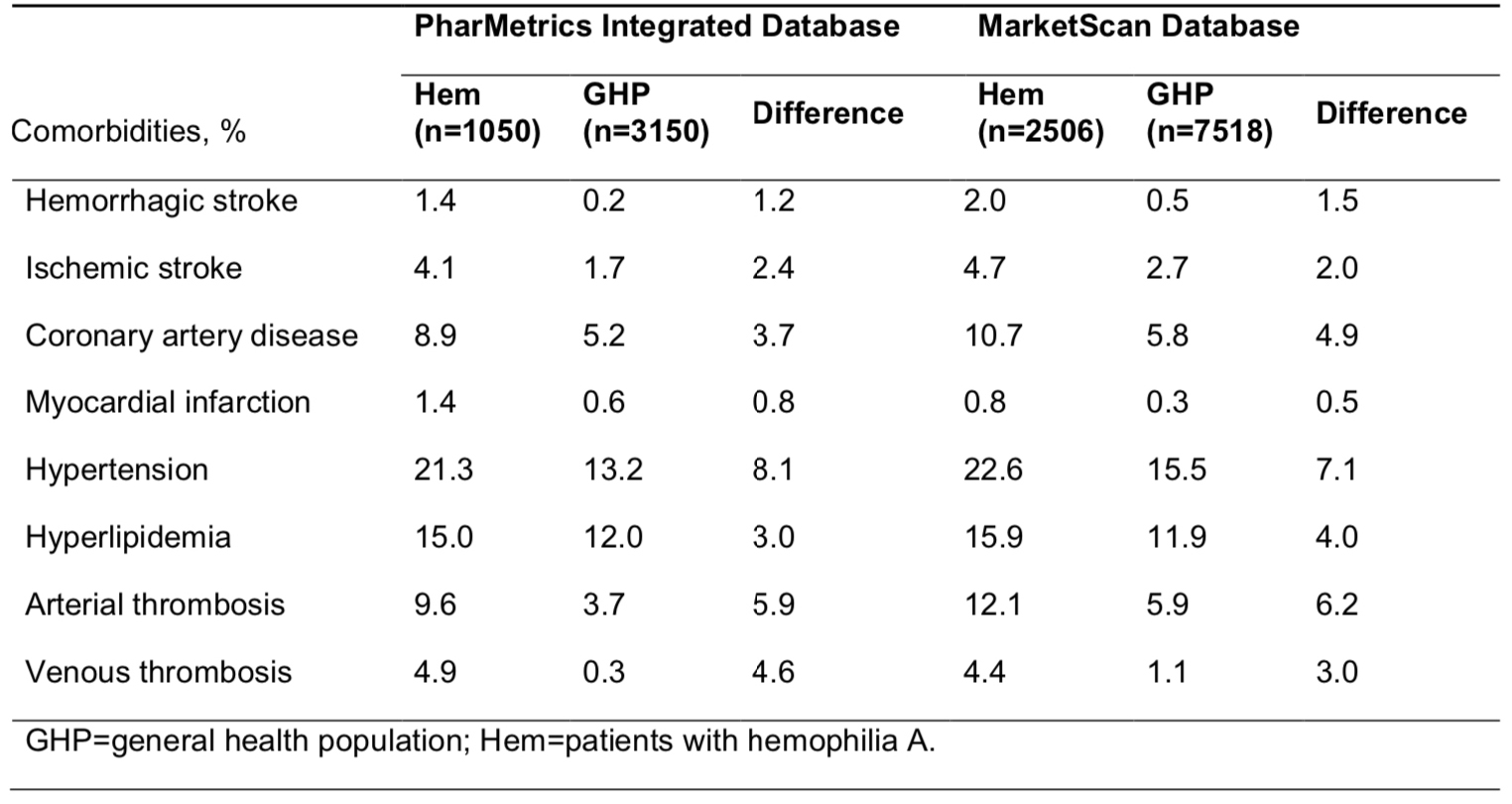3-Year Results From SPINART: Prolonged Reduction of Bleeding With Prophylaxis Using Bayer’s Sucrose-Formulated Recombinant Factor VIII
Objective:
In the 3-year SPINART study, routine prophylaxis and on-demand treatment were compared in adults with severe hemophilia A. We report final SPINART efficacy and safety results after 3 study years.
Methods:
The open-label, randomized, controlled, parallel-group, multinational SPINART study enrolled males aged 12–50 years with severe hemophilia A who had ≥150 exposure days with any factor VIII (FVIII) product, no inhibitors, no prophylaxis for >12 consecutive months in the past 5 years, and 6–24 documented bleeding events or treatments in the previous 6 months. All patients were treated with Bayer’s sucrose-formulated recombinant FVIII (rFVIII-FS), either on demand or as prophylaxis (25 IU/kg 3 times weekly, with dose escalation by 5 IU/kg permitted once per year). The primary efficacy endpoint, bleeding frequency (number of all bleeding episodes at 1 year), has been previously reported. Endpoints reported here are total and annualized numbers of all bleeding episodes, joint bleeding episodes, spontaneous bleeding episodes, and trauma-related bleeding episodes. Between-group comparisons of bleeding frequency were made within the framework of a negative binomial regression model to account for different follow-up times of patients who discontinued prematurely, with stratification variables (presence of target joints at baseline, number of previous bleeding episodes at baseline) included in the model. Safety variables included adverse events (AEs), serious AEs, and inhibitor development.
Summary:
84 patients (42 prophylaxis, 42 on demand) comprised the intent-to-treat population. The total number of all bleeding episodes during the 3-year study was significantly lower with prophylaxis versus on demand (median, 2.0 vs 96.5, respectively; P<0.0001). Annualized number of all bleeding episodes (median [quartile 1; quartile 3], 0.7 [0; 1.6] vs 37.4 [24.1; 52.6]), total joint bleeding episodes (median, 1.0 vs 67.0), and joint bleeding episodes per year (median, 0.3 vs 27.3) were all lower with prophylaxis versus on demand. The numbers of spontaneous and trauma-related bleeding episodes were also lower with prophylaxis versus on demand. Observed AEs were consistent with the established rFVIII-FS safety profile. No patient developed inhibitors.
Conclusions:
Long-term prophylaxis with Bayer’s rFVIII-FS is efficacious in decreasing bleeding episodes, including joint bleeding episodes, in adults with severe hemophilia A. 75% of prophylaxis patients had <2 bleeding episodes per year during the 3-year study. No inhibitors were reported.


